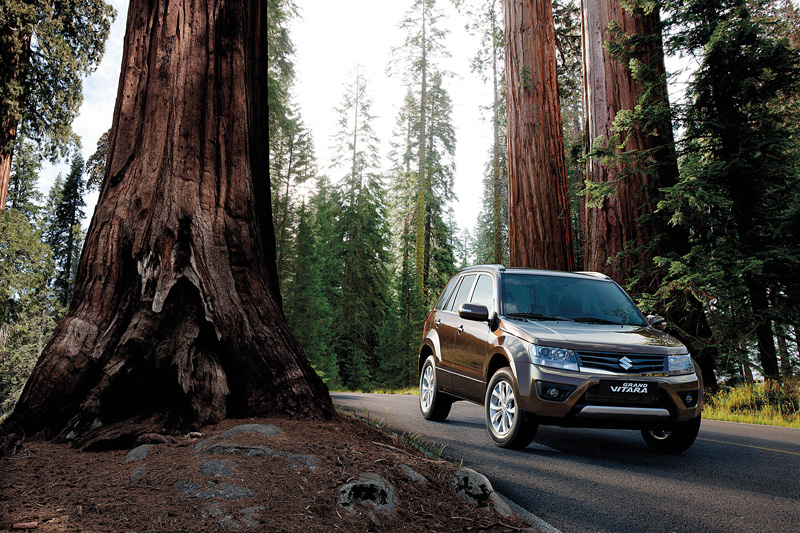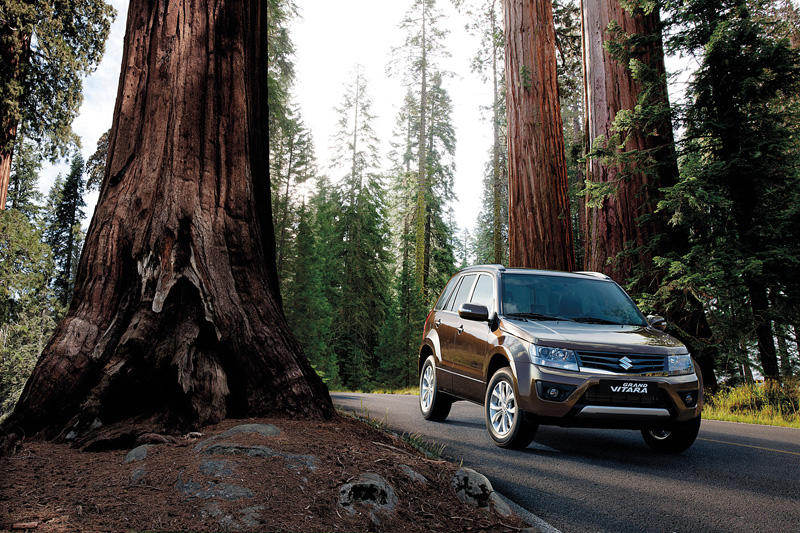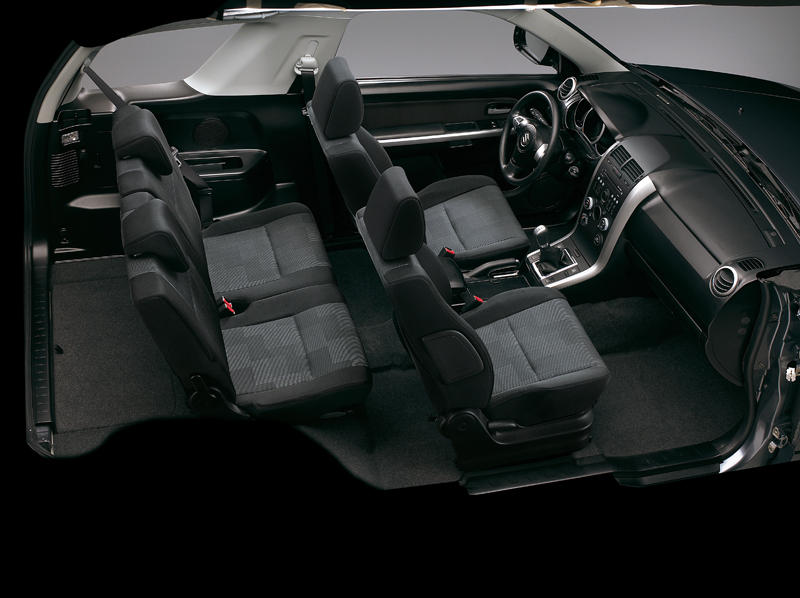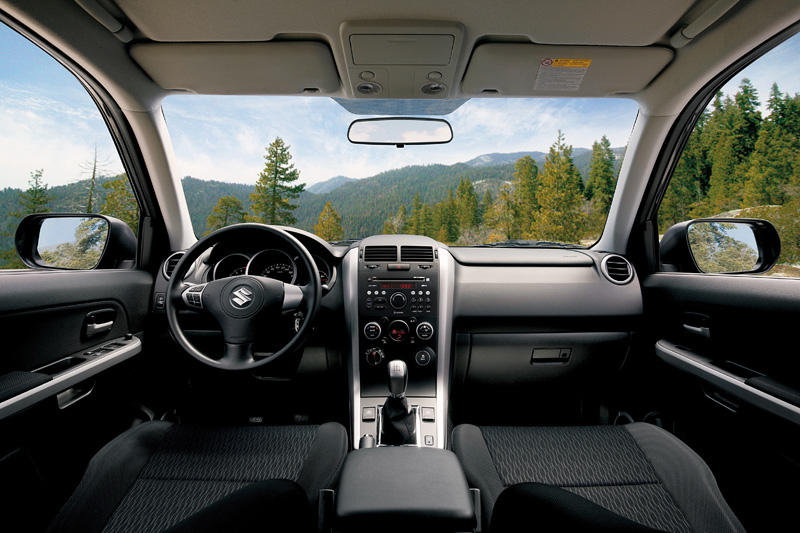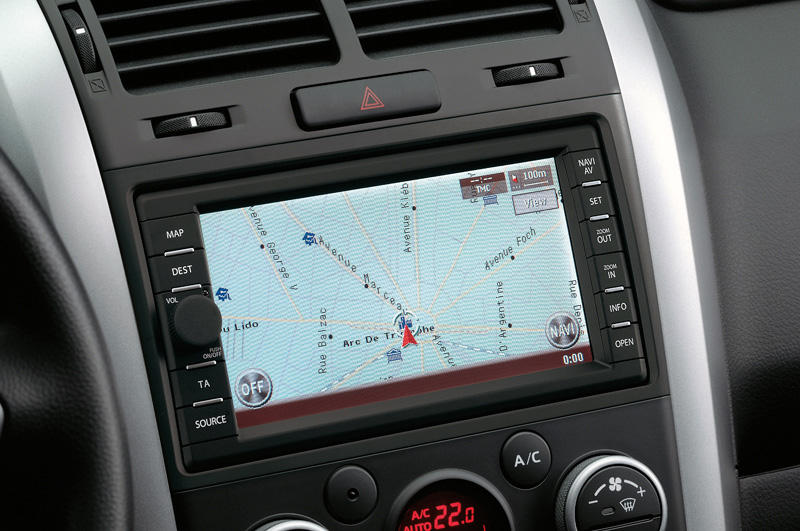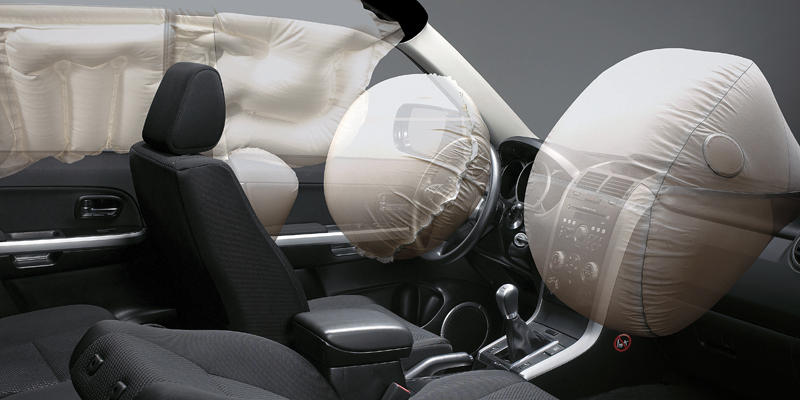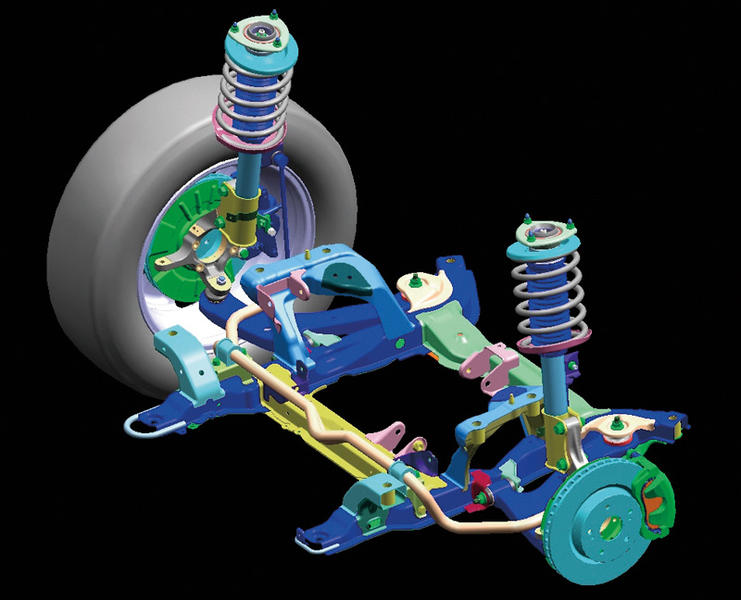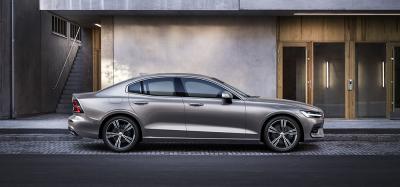THIS IS WHERE SUVS BEGAN. Before it, the sport utility concept was tentatively experimented only by a few precursors (we are duty bound to mention the French Matra/Simca Rancho of 1977, or Italy’s Rayton Fissore Magnum of 1985), who made just a few examples that didn’t really go down well with a public that was unprepared for this new development. But the Vitara, which grew up into the Grand Vitara, was the first mass-produced vehicle dedicated to leisure time but also able to meet the needs of day-to-day mobility.
In 1988, Suzuki of Japan added the Escudo to its small, but relentless, Samurai off-roads. Renamed the Vitara for European markets, the progenitor of those multipurpose vehicles that are now known as crossovers had all-wheel drive, car-type fittings and could carry a family on excursions ranging from the daily round to more adventurous trips en plain air. Not a granitic and Spartan 4x4 workhorse nor a technological, luxurious off-road dedicated to an elite of connoisseurs, but a versatile vehicle with a balanced mix of interior comfort, the ability to cope with bumpy roads and a price that everyone could afford.
The first 25 years
For the thirtieth anniversary of the Italian branch of Suzuki at the end of 2012, only slightly ahead of the 25th birthday of the original project that enriched the automobile panorama at the end of last century, the Grand Vitara model year 2013 has been slightly restyled. Just a few, but significant, elements have updated the look of this timeless 4x4 from the Land of the Rising Sun, but without making any radical changes to the now fully tried-and-tested mechanical heart of a genuine sport utility with an off-road attitude.
The immediately obvious modernized features are the radiator, which now incorporates a new grille design, roof rails, bonnet grilles, now a silver colour, the new eight-spoke design of the 17” alloy rims as an optional to the more classical 16”, and the ten-spoke 18” offered with the new and more luxurious Executive+ trim. The elegant and rational cabin, which seats five comfortably, has new leather finishes in three different colours to match the exterior that now comes in a choice of two new metallic colours.
In keeping with the attractive finishes and sought-after stylistic elements, real comfort and safety have not been neglected in the interior, which includes the inevitable satellite navigator, cruise control, keyless door opening and ignition, stereo system with CD reader and MP3, and controls also on the steering wheel, in addition to front, side and curtain airbags, collapsible pedals and seatbelts with pretensioners. In the short-wheelbase version, the interior has ample space for two passengers in the back in addition to variable cargo capacity, depending on whether it’s a three- or five-door, of 184 litres and 516 litres (by folding the rear seatbacks), respectively, and 398/758 litres. There is no spare wheel hidden under the bed because, in the best off-road tradition, it is mounted on the outside of the tailgate, but only in the Off Road versions; the more civil Crossover has an emergency repair kit and the stylistically clean lines of a rear with no protuberances.
A versatile vehicle
Whereas current SUVs in the midrange are becoming standardized with increasingly car-style mechanics and transmissions without all-wheel drive, the Grand Vitara has maintained the prerogatives of a genuine 4x4 that are skilfully balanced between on- and off-road and have decreed its global popularity. A vehicle that is at home on asphalt, easy to handle, fast and comfortable on a par with any GT, but, when required, also capable of making a trip in the country fun by relentlessly and fearlessly tackling the roughest trails just like the most accredited 4x4s.
This third-generation Grand Vitara also has the all-inclusive platform, the perfect combination of the power of a real off-road and the handling of a saloon. The key is the Built-in Ladder Frame, which means a steel monocoque body with greater rigidity given by a chassis with crossbars, that doesn’t take any space away from the interior. In the light of continually improving performance, handling on asphalt is guaranteed, also at high speeds, by effective all-round independent suspension, with McPherson struts in the front and a multilink design in the rear, with helical springs and hydraulic shock absorbers on each wheel that give adequate performance at speed, despite a total mass that exceeds 1700 kg in the 5 door version.
On rough ground, the suspension setting provides good grip with electronic and mechanical assistance in addition to permanent all-wheel drive in three different operating modes: 4H for driving on normal roads (and the only option possible with the simplified model of the 1.6 Grand Vitara petrol), 4H Lock, which locks the centre differential to prevent slip, and 4L Lock, when the transfer gear ratio is multiplied, 5-gear manual or 4-gear automatic transmission. ABS with EBD and Electronic Stability Control with Traction Control (TCS) intervene when there is little grip. Angle characteristics, 29° for the approach, 20° for the break-over and 36° for the departure – which in the long wheelbase versions are 29°, 19° and 27° -– together with a minimum height from ground of 200 mm, give the Grand Vitara considerable off-road agility that is very much superior to any offered by the most aristocratic latest-generation SUVs.
Three engines take care of the dynamic qualities, with an entry level 1.6-litre, four-cylinder, 106 HP maximum petrol engine that will push the three-door Grand Vitara up to a top speed of 160 km/h, with average consumption of about 12.2 km/litre; a sporty version with a higher performance, 166 HP petrol engine, manual or automatic transmission, a top speed of 180 km/h and average consumption of 11.4 km/litre; lastly, the more tempting 1.9 turbo diesel, 129 HP 1.9DDiS, with 300 Nm maximum torque and manual transmission only, will guarantee a top speed of 170 km/h and average consumption of 14.7 km per litre of diesel.
With a decidedly road profile, albeit with a hint of sculpting for occasional off-road excursions and with M+S markings for winter use, the tyres come in three sizes for three trim levels, all 225 mm in width, but a shoulder ratio of 70 on 16-inch rims, 65 on 17” and low profile tyres in the 60 series for the more stylish 18-inch alloy rims.
